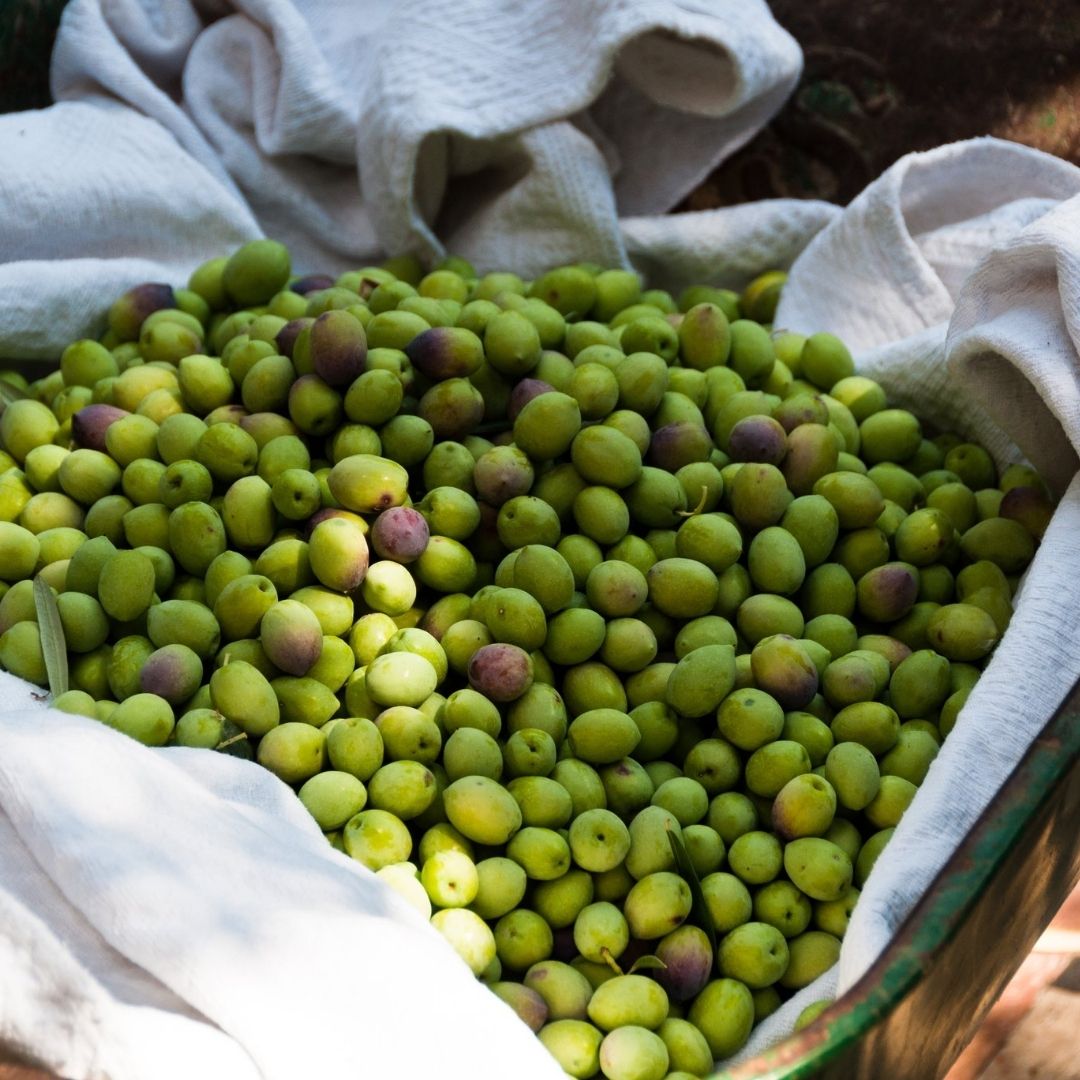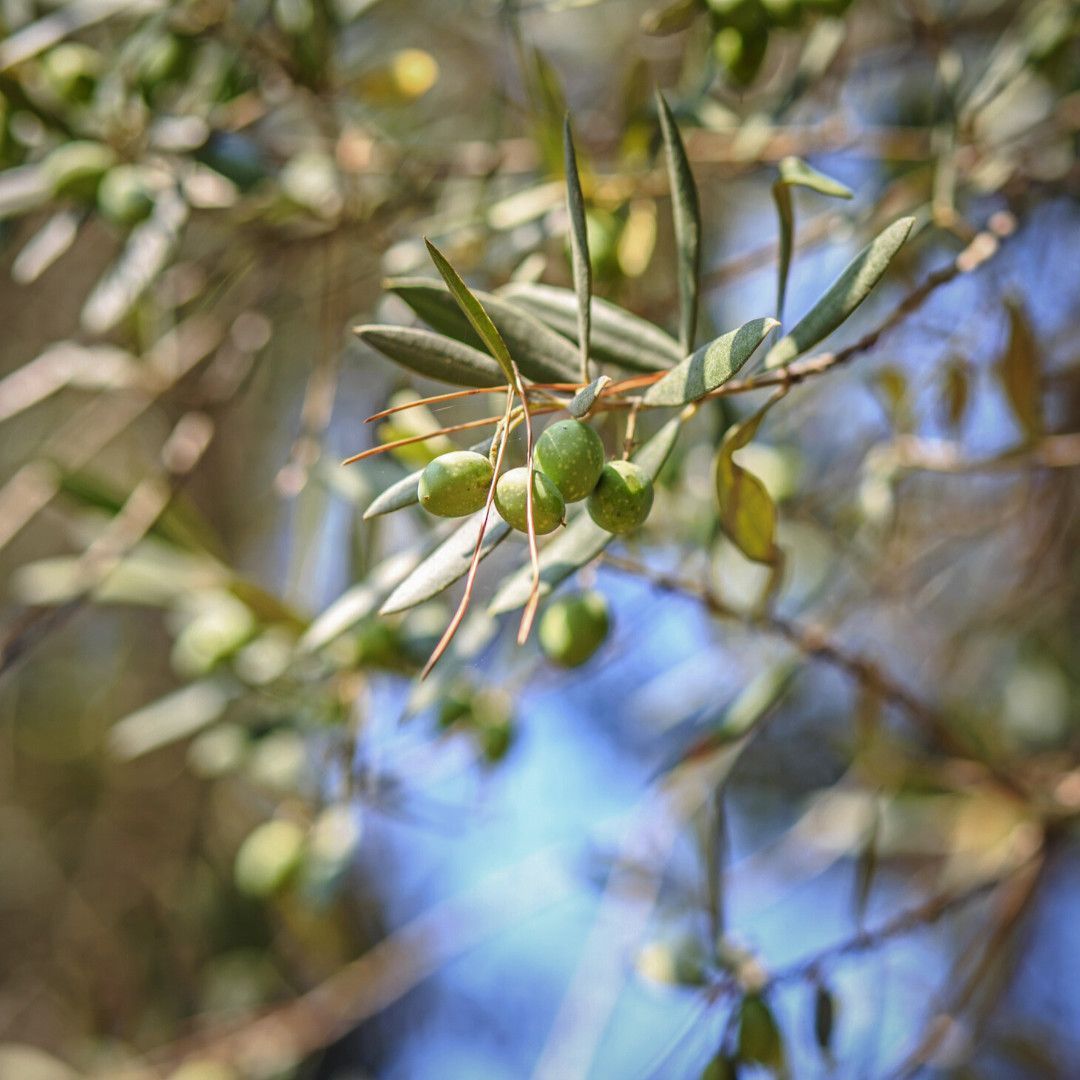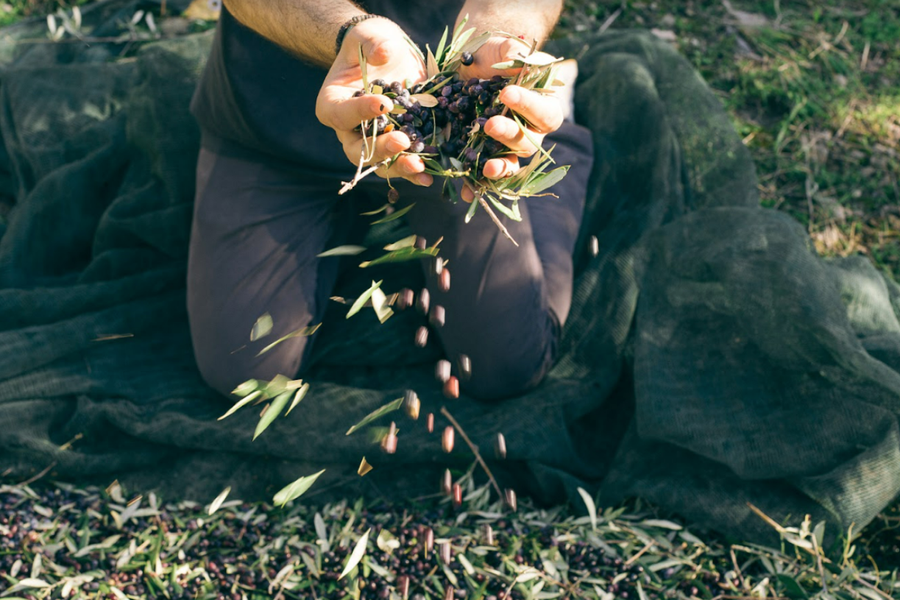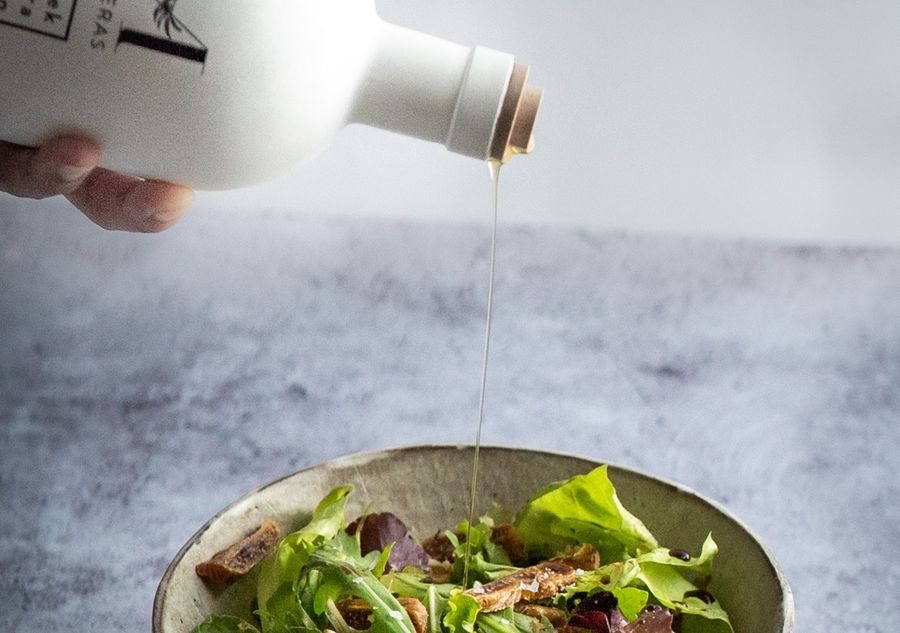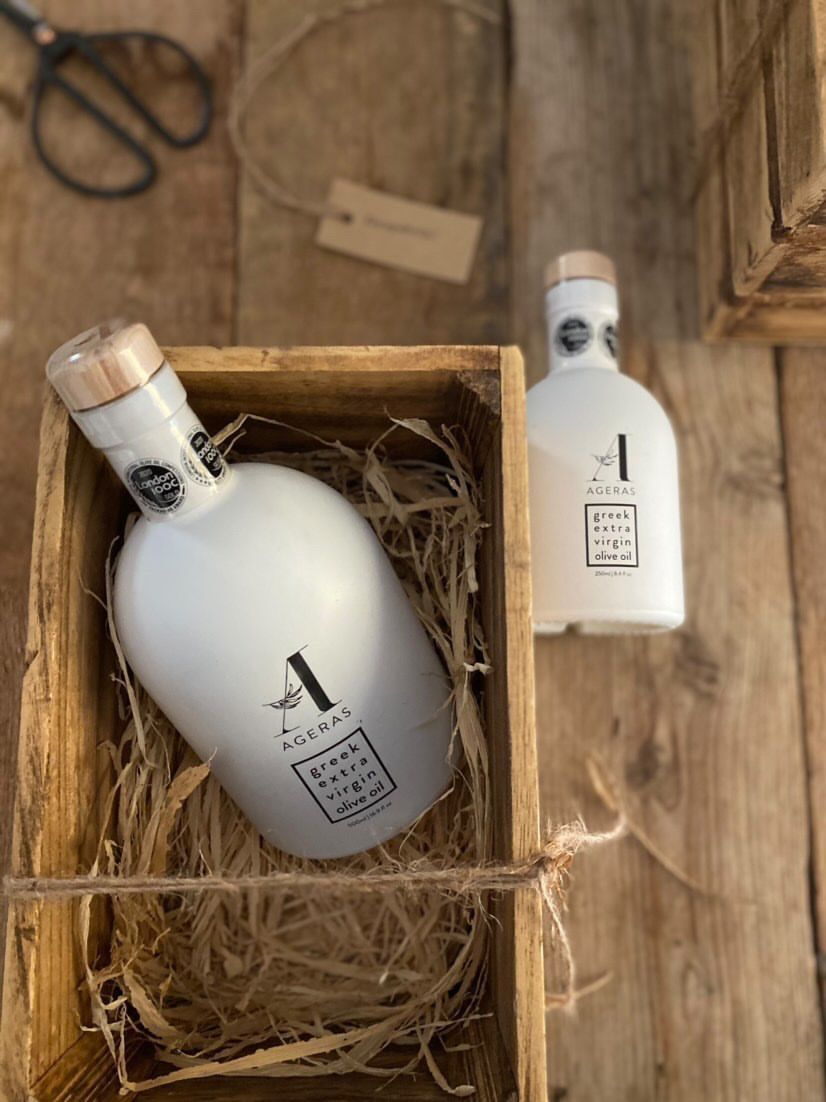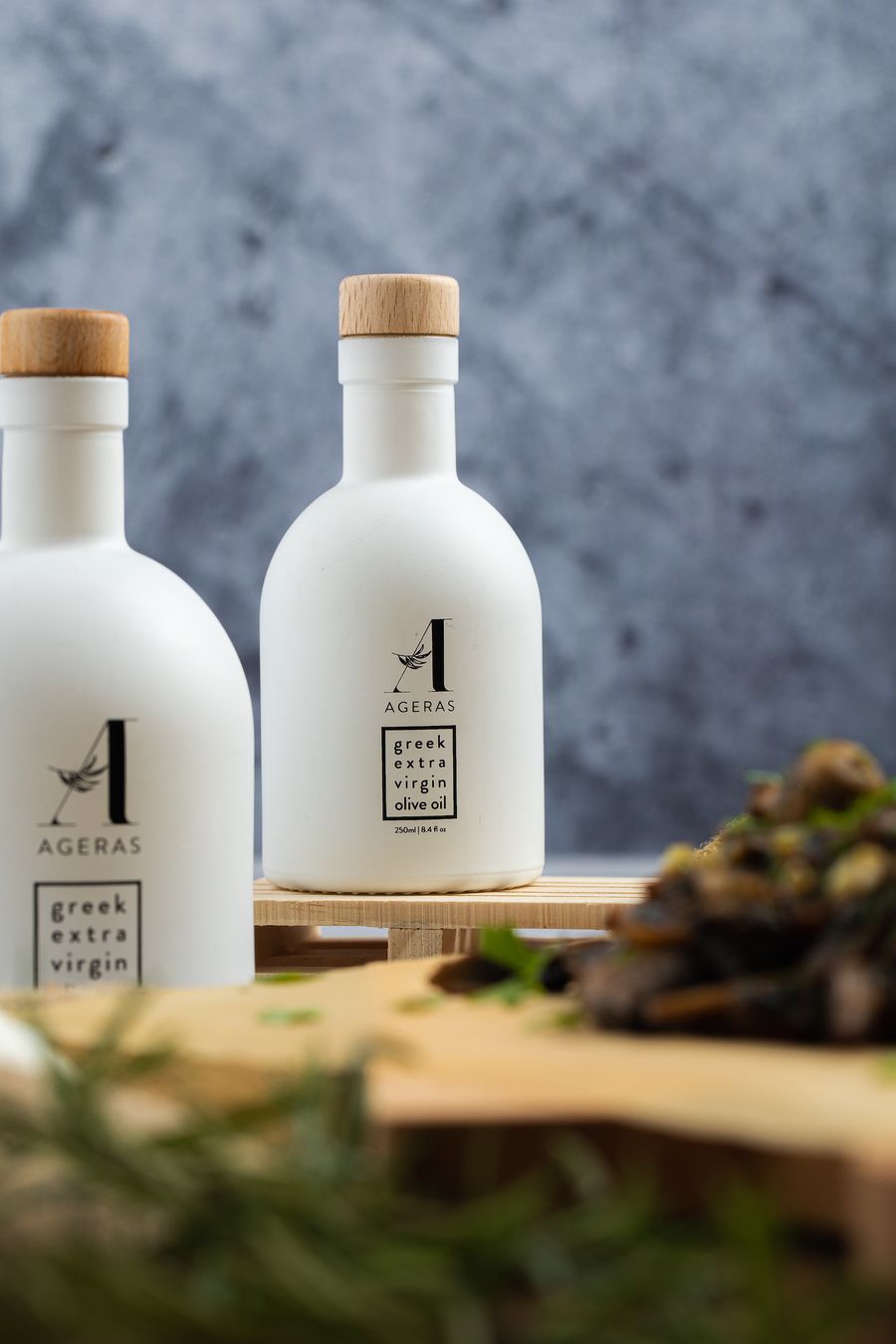To determine an olive oil’s classification before it reaches your shelves, well trained tasters analyse olive oil using the panel test method in certified organoleptic laboratories, according to the regulations of the International Olive Council. The International Olive Council is an intergovernmental organisation of states that produce olives or products derived from olives, such as olive oil. The panel test method is an analysis of olive oil by a group of 8 to 12 trained tasters overseen by a panel leader.
The result classifies an olive oil as extra virgin (with fruitiness & no defects), or as virgin (virgin olive oil fit for consumption) or lampante (virgin olive oil that is not fit for consumption as it is).
Additionally, according to the Olive Wellness Institute, grades of olive oil are defined by various standards around the world. These different standards around the world show slight differences in terms of the parameters used to define each grade.
There are various grades of olive oil, each having distinct differences in terms of production method, quality and suitability for consumption. It is important to understand the various grades of olive oil, particularly Extra Virgin Olive Oil and Olive Oil, as these pertain not only to the quality of the oil, but also to its taste and health attributes. Broadly the quality parameters used to define the different grades are based on chemical and sensory (organoleptic) testing.
Natural Olive Oils
Natural olive oils are obtained solely by mechanical or other physical means under conditions, including thermal conditions, that do not lead to alterations in the oil, and which have not undergone and treatment other than washing, crushing, malaxing, decantation, pressing, centrifugation, and filtration.2
Extra Virgin Olive Oil (EVOO)
EVOO is the highest grade of Olive Oil and the fresh juice of the olive. It is a natural olive oil that has a free acidity, expressed as free oleic acid, of no more than 0.8 grams per 100 grams and no sensory defects.2 It must also display all other characteristics which correspond to those fixed for this grade in the standard. As a result of its high quality and minimal processing, EVOO is high in natural antioxidants, vitamin E and phytosterols from the olive fruit.3,4
Virgin Olive Oil (VOO)
VOO is naturally obtained by the same process as EVOO. However, it is a lower quality oil, with a free acidity of no more than 2.0 g per 100 g and/or slight organoleptic defects.2 It must also display all other characteristics which correspond to those fixed for this grade in the standard.
Lampante Olive Oil
Lampante olive oil is also a naturally obtained oil, however, its quality parameters render it unfit for human consumption without further processing. It has a free acidity level of more than 2.0 grams per 100 grams and/or a median of defects higher than 2.5.2 It must also display all other characteristics which correspond to those fixed for this grade in the standard. It is only intended to be used for refining or technical use.
Refined Olive Oils
Refined olive oils are obtained from natural olive oils by refining methods which do not lead to alterations in the initial glyceridic structure. Refining methods can include degumming, neutralisation and bleaching.
Olive-pomace oils
Olive-pomace oils are obtained by treating olive pomace with solvents or other physical treatments, excluding oils obtained by re-esterification processes and any mixture with oils of other kinds with the exception of olive oils. Olive pomace is the remaining solid paste after pressing olives to produce natural olive oils.
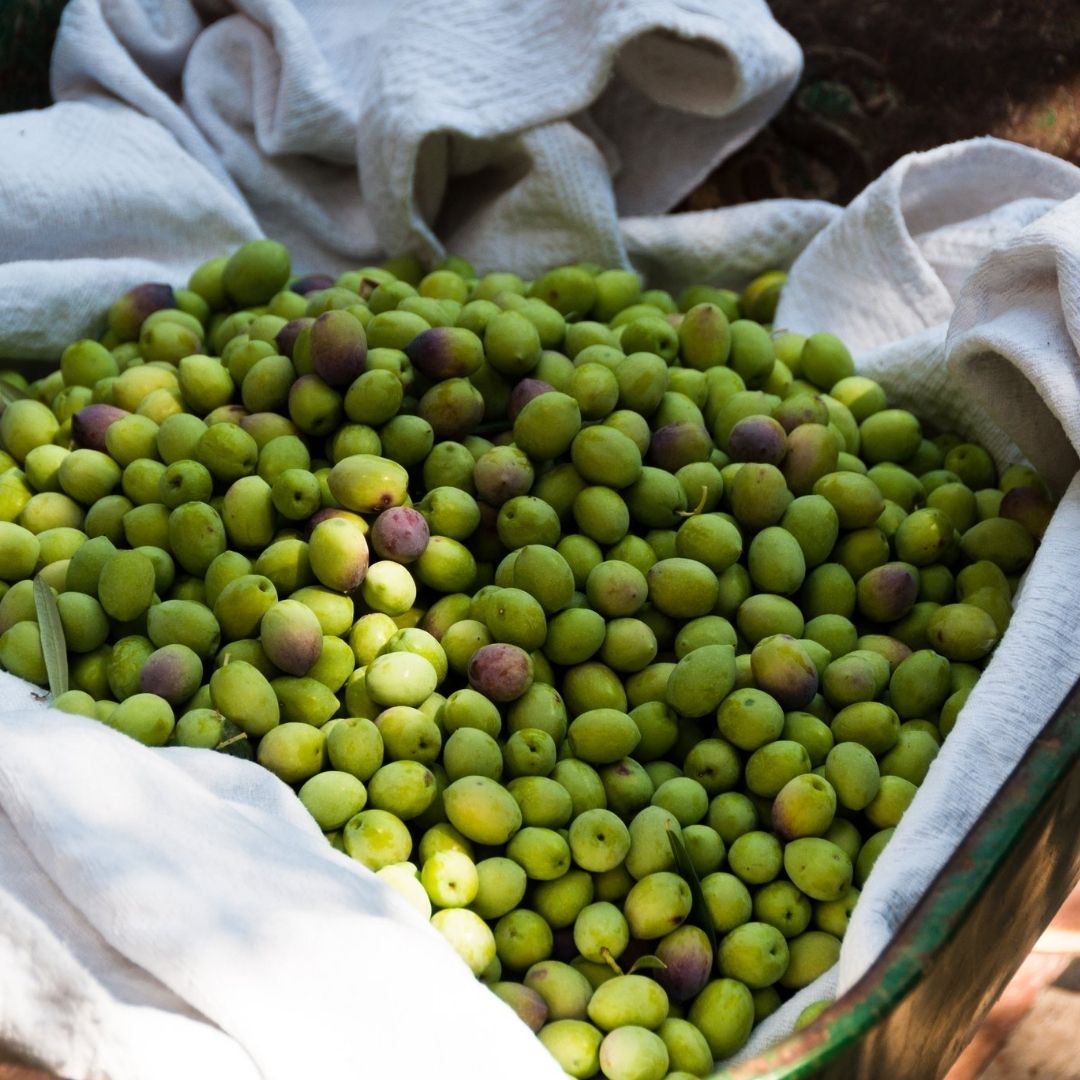
Shop AGERAS Greek Extra Virgin Olive Oil via our SHOP tab.
